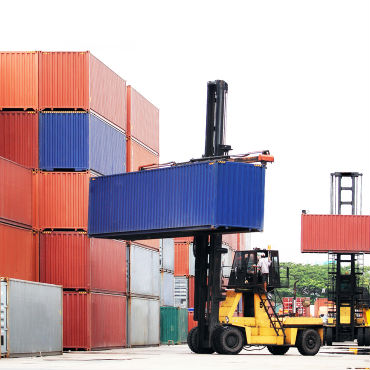CBP’s cargo data system takes next step

The Automated Commercial Environment is set to be fully in place by the end of 2016 and will replace CBP’s legacy import/export data systems.

The Automated Commercial Environment, which is aimed at smoothing the data reporting load on U.S. cargo importers and exporters, is set to be fully in place by the end of 2016.
Customs and Border Protection is moving forward with development and implementation of a "single window" cargo data system aimed at smoothing the data reporting load on U.S. cargo importers and exporters.
The agency has been stepping up development of its Automated Commercial Environment (ACE) that, by the end of 2016, will replace its legacy import/export data systems as they are decommissioned.
The next deployment– due next month and called "Deployment C" -- is the third of seven that make up the overhaul.
On April 5, the ACE cargo release pilot will begin to accept, process and release all ocean and rail shipment data, as well as basic truck shipment information, according to CBP. Participants will also have the ability to request cargo release certification from their ACE Entry Summary for air, ocean and rail shipments. Certification from entry summary for truck shipments, it said, will be available in the next ACE deployment.
As ACE moves forward, CBP can review shipment information much earlier in the supply chain and either issue an admissibility message or request additional data. Among other efficiencies, filers will be able to resolve issues before an aircraft departs for the U.S. or during transit, resulting in fewer goods being held on arrival.
CBP has also expanded its ACE cargo release pilot to another airport. Lambert-St. Louis International Airport joins airports in Anchorage, Atlanta, Chicago, Dallas Fort Worth, Houston, New York (JFK), Los Angeles, Miami and San Francisco in the program.
President Barack Obama signed an executive order in February that set the 2016 deadline to allow businesses to electronically transmit, through a “single-window,” the data required by the U.S. government to import or export cargo. Once completed, the White House said, the new system will reduce the time and expense for businesses to move the more than 50 million containers and $3.8 trillion worth of goods that cross U.S. borders each year.
NEXT STORY: California drivers face big credit card breach


